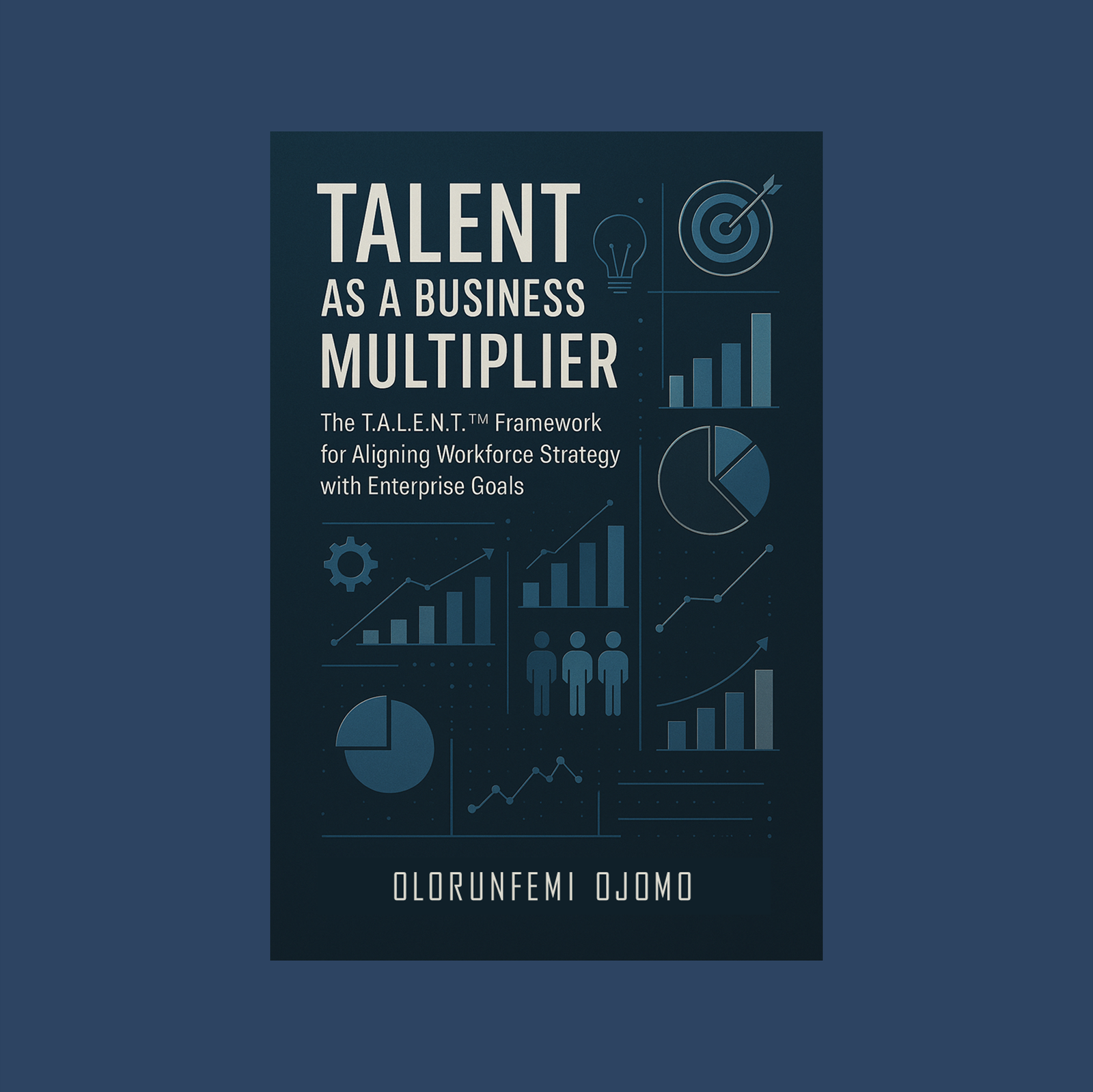Transforming Businesses through Human Resources




Strategic Perspectives
Insights
Gain deep insights that drive smarter decisions, innovation, and long-term business success.
Watch. Learn. Grow.
Videos
Engaging videos that deliver expert insights, real-world strategies, and practical knowledge in action.
Insightful Reads
Books
Discover powerful books that inspire growth, challenge thinking, and spark transformational change.
Curated Resources Hub
Resources
Access a collection of valuable resources designed to support learning, strategy, and execution.
Latest Posts
Blog, Featured

Blog, Featured
Blog, Featured
Blog, Featured

Hello!
I am Olorunfemi Ojomo
HR Strategy | Talent Management | Organisational Development | Organisational Design| Performance Management | Change Management | Analytics
Newsletter
Sign up for my newsletter to receive all updates.
Latest Books
5,000.00₦ Original price was: 5,000.00₦.2,000.00₦Current price is: 2,000.00₦.

1,000.00₦










